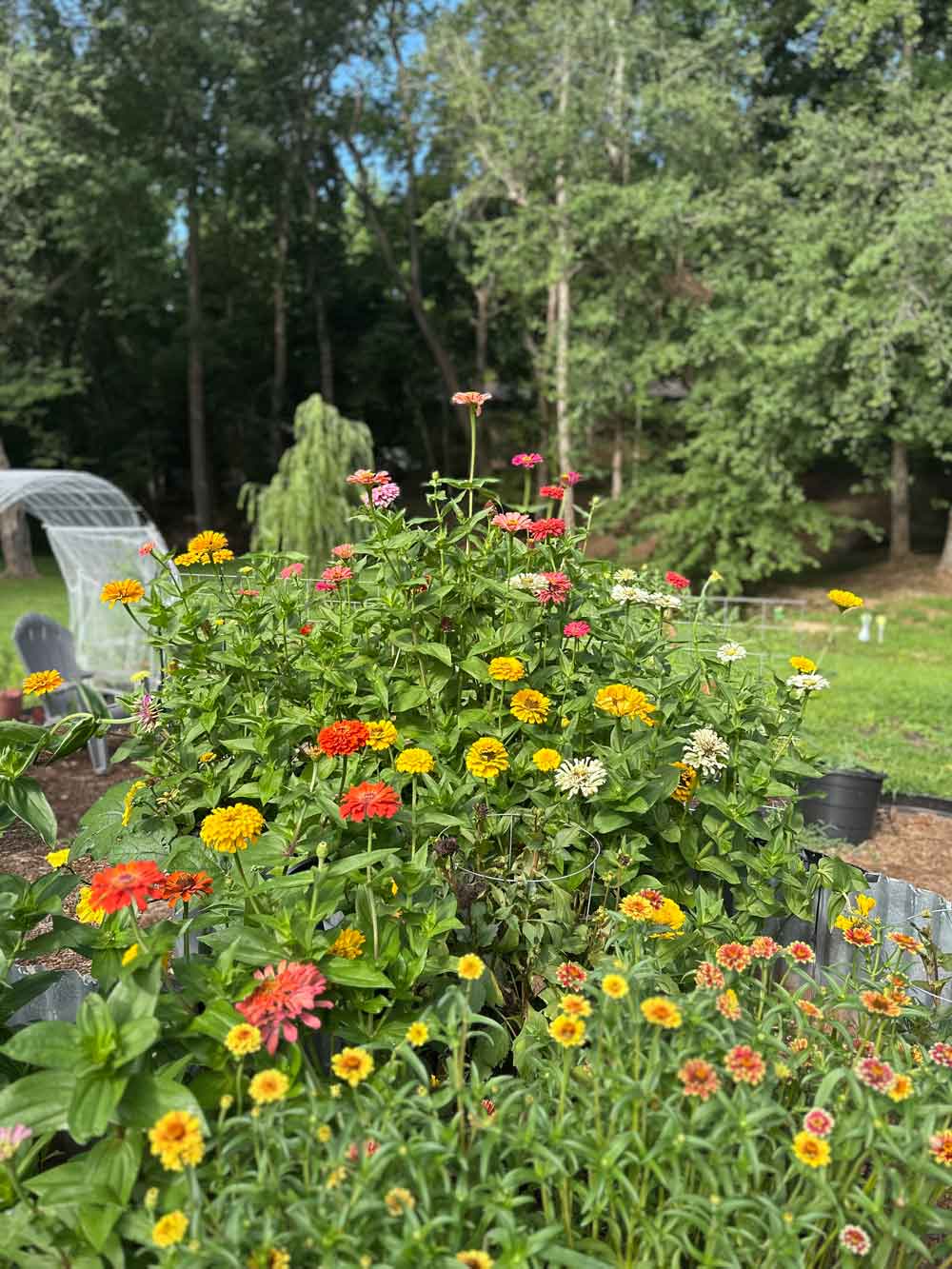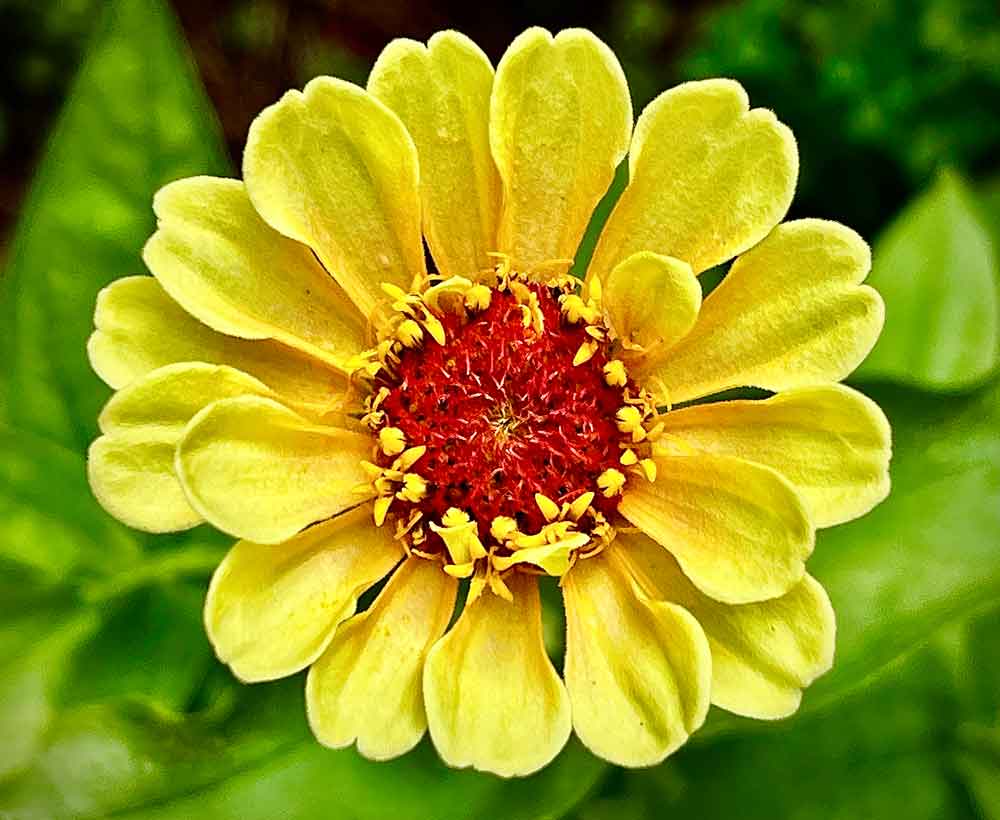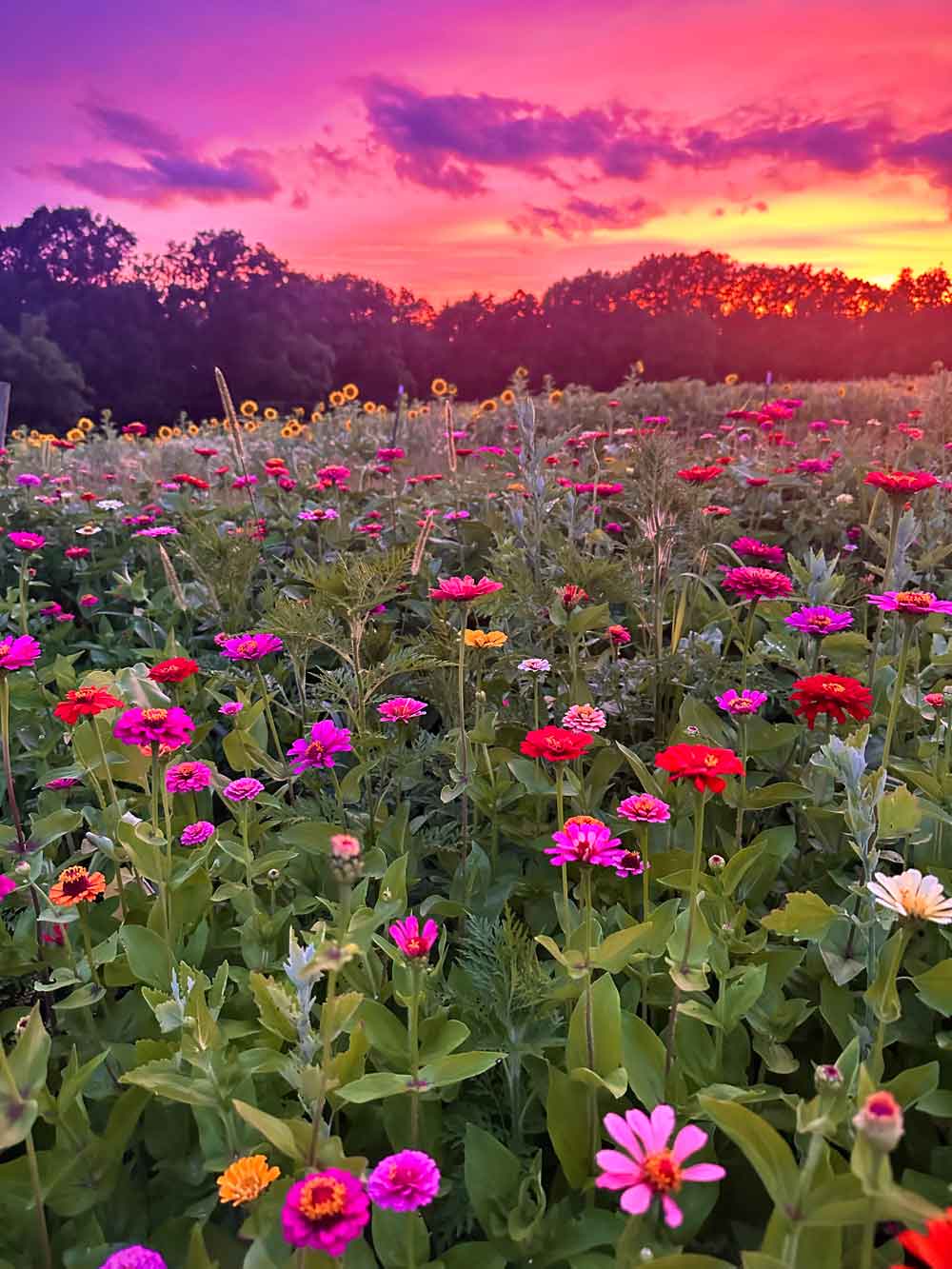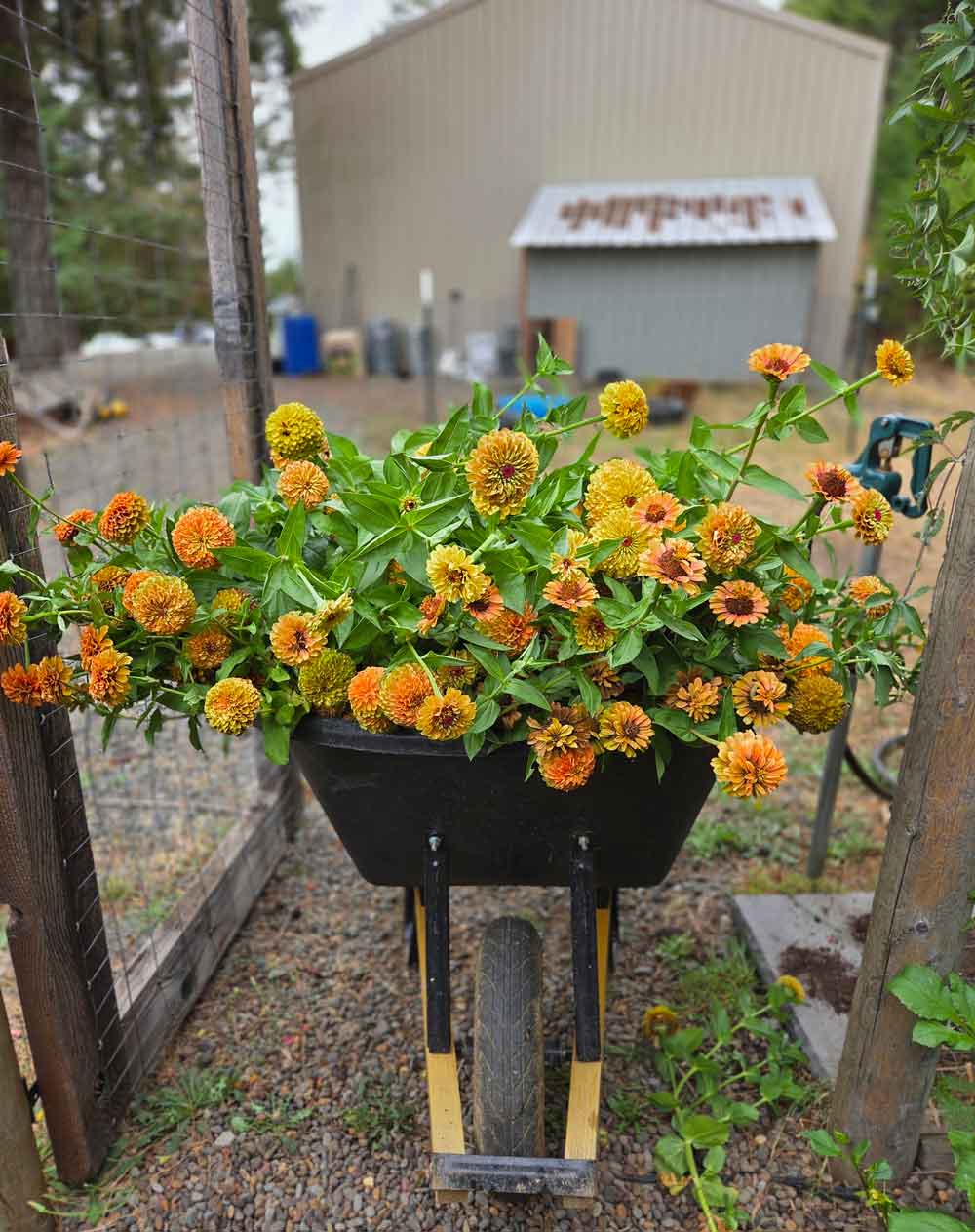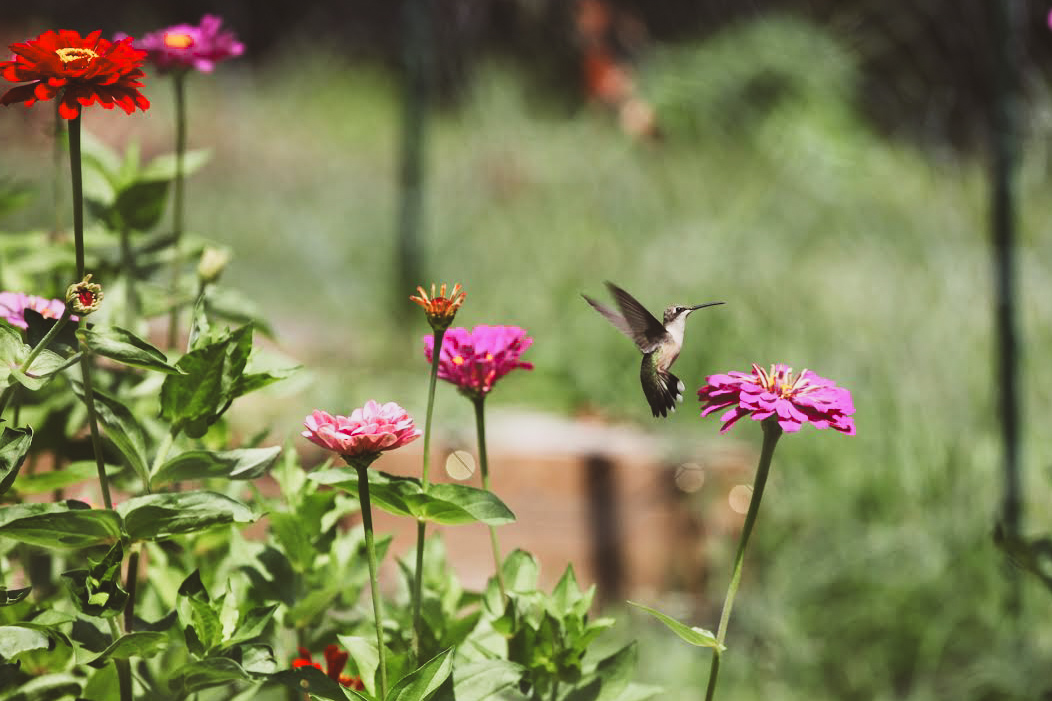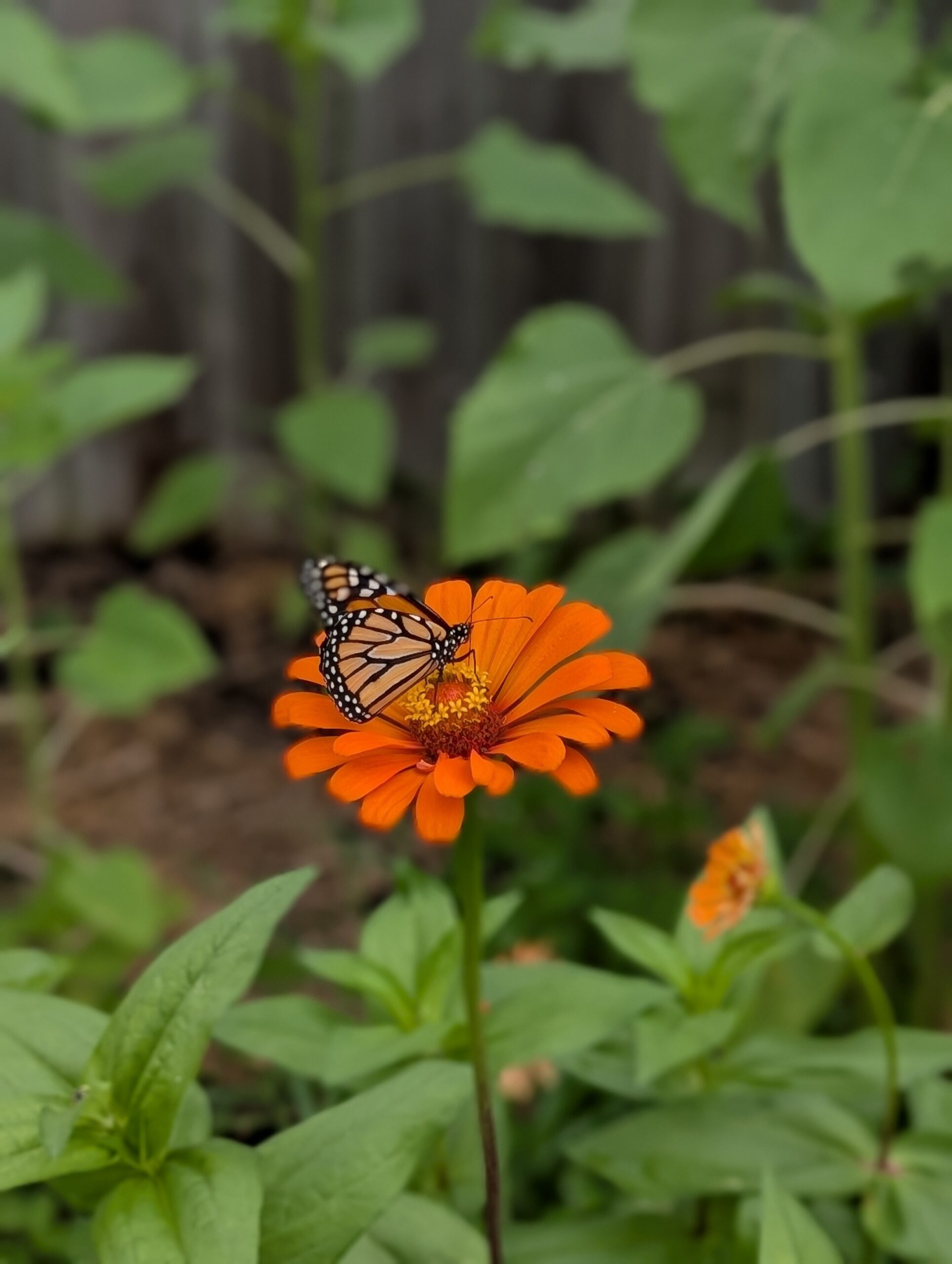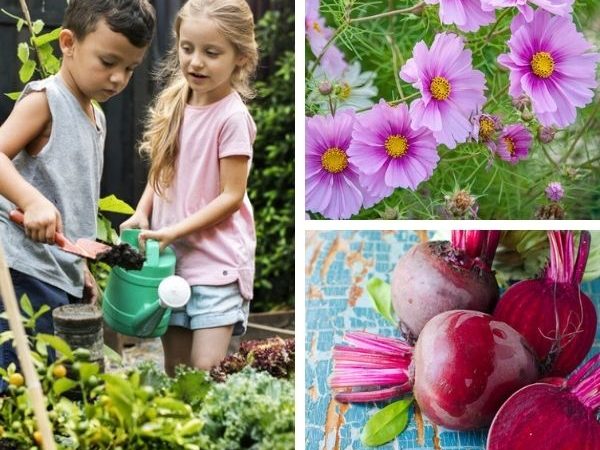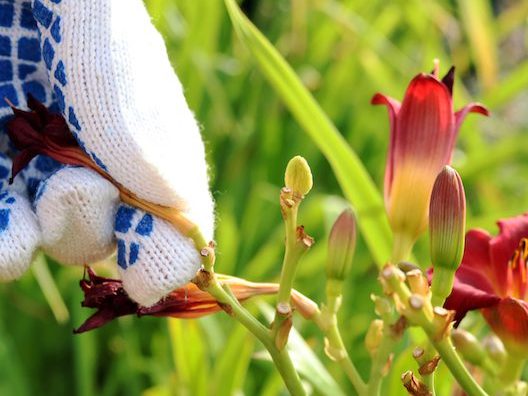About Zinnias
Zinnias are beloved for their bold, cheerful blooms and impressive range of colors, making them a standout in the garden. They’re heat-tolerant, low-maintenance, and bloom continuously from summer through fall, attracting butterflies and pollinators all season long. With varieties ranging from petite to tall, and single to double blooms, zinnias offer something special for every gardener and every space. Keep in mind that zinnias are native to Mexico, where they have become accustomed to long, hot summers.
When to Plant Zinnia Seeds
Zinnias are best started directly outdoors in locations where spring warms up early. They are classed as tender annuals and can be directly sown into the garden after all danger of frost is over and daytime temps are at least 50°F and above. In cooler climates, start seeds indoors four to six weeks before your area’s average last-frost date.
Where to Plant Zinnia Seeds
Choose a spot that has full sun. Zinnias can thrive in a wide array of well-draining soil conditions.
How to Plant Zinnia Seeds
Turn over the soil in the area you want to plant your zinnias and work in two or three inches of compost or peat moss to help improve soil fertility and drainage. Plant the seeds only about ¼ – ½ inch deep and you should see seedlings sprout in four to seven days. Once the seedlings reach about three inches tall, thin them to maximize air circulation, and prevent powdery mildew. The dwarf varieties, reaching a height of 1 to 1 ½ feet, should be planted or thinned to about nine inches apart, while the taller three-foot varieties should be spaced about one foot apart.
If starting your zinnias indoors, fill up your pots with organic potting mix. Saturate the potting mix with water and then place two zinnia seeds into each planting cell or pot. Press into the soil for good seed-to-soil contact and then cover with approximately half an inch of the potting mix. Place your zinnias in an area that will receive plenty of warmth (65°F-70°F) and light. Keep your zinnia seeds moistened, checking on them every day or two. Expect to see germination in about 7 to 10 days. Once your seedlings reach about two to three inches tall, they are ready to be transplanted outdoors. Harden off the plants by vacationing trays outside for a few hours per day before planting them in your garden. Learn how to harden off seedlings here. Zinnias may be transplanted with ease, as it is possible to move the plants when they are in full flower! Although they thrive best in full sun, they will also endure partial shade.
How to Care for Zinnias
Water the area of your zinnia plants carefully, do not get the stems or leaves wet since zinnias are prone to mildew. Keep your zinnia garden lightly moistened, and let the area dry out between watering. The beauty of zinnias is that you can spend your attention elsewhere while they bloom profusely summer to autumn.

